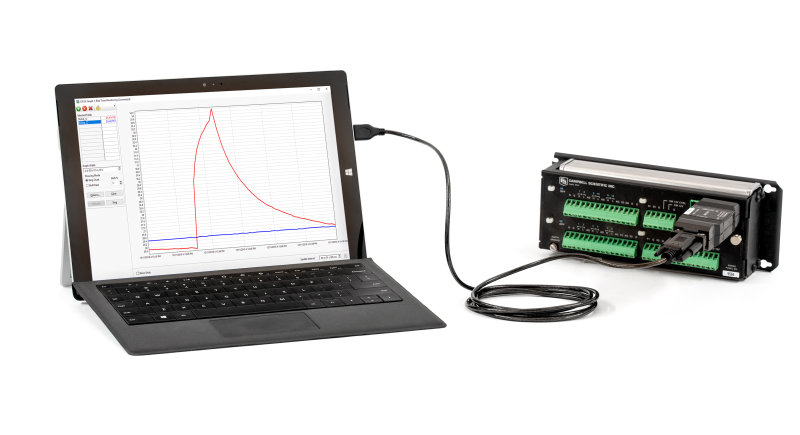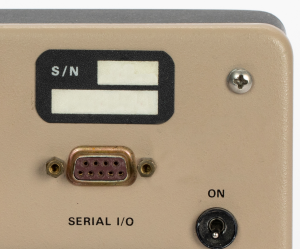Successfully Connect Your Retired Data Logger to a PC
by Jacob Davis | Updated: 12/19/2018 | Comments: 0

Have you experienced a scenario similar to this one? You have an automated weather station with a retired Edlog data logger (such as the CR10X), which has been running great for 20 years. Recently, the data logger stopped transmitting data to your server, so you need to investigate what is going on. No one from your organization has plugged the field laptop into the weather station for four years. When you go out to your station to make the connection, you discover that nowhere on the laptop is a port that looks like the 9-pin port on your data logger. What do you do?
Checking the Power
We find that the most common cause of loss in communications is a power supply problem. Here is an excellent blog article about checking your power supply: “7 Steps to Determine if Your Solar-Charged Power Supply Has a Problem.” The information in this article applies to current power supply models, as well as retired ones you may have. After you have verified that your data logger is properly powered, attempt to communicate directly with it.
Making the Connection
Many Campbell Scientific data loggers have a 9-pin port labeled CS I/O. On models older than the CR10X, it is labeled Serial I/O. To connect the CS I/O port to a PC, you need an interface. In most cases, you will need both a USB to RS-232 converter (such as the 17394) and an SC32B RS-232 interface. For more information about USB to RS-232 converters, refer to this blog article: “How to Handle Common Issues with USB to RS-232 Adapter Cables.”
|
A Brief History of CS I/O: In 1975, the RS-232 standard called for large 25-pin connectors on PCs. The circuitry also used a notable amount of power. So, how could the engineers at Campbell Scientific make a data logger that was both compact and had low power usage? The engineers designed their own serial port standard. After 9-pin RS-232 ports became common on PCs, the label on Campbell loggers was changed from Serial I/O to CS I/O to avoid confusion. The CS I/O port can operate at low power levels. It also can provide power and transfer data to several communications devices simultaneously. That is something that wouldn’t be possible on an RS-232 port. |
Using an Interface
So, why do you need an SC32B interface? You need the SC32B because the CS I/O port is not an RS-232 port. The SC32B is a CS I/O to RS-232 adapter. It also has the benefit of being optically isolated for avoidance of a ground loop. If your organization has data loggers predating the CR1000, someone there at some point had an SC32A or SC32B interface. Unfortunately, these interfaces sometimes get lost. Fortunately, replacement SC32B interfaces are still available for purchase.
Getting Software Support
More good news is that the current versions of our PC200W, PC400, and LoggerNet software support most of our retired data loggers. Before you add the connection into the network map of the software, it is a good idea to try the Device Configuration Utility (DevConfig) first. DevConfig is a quick way you can try different serial port baud rates and identify which operating system your data logger is using.
More Information
As I mentioned in the “Edlog Data Logger Support and You” blog article, free support for our older, Edlog-based data loggers is ending on January 1, 2019, which is fast approaching. Because we realize these reliable, older data loggers may still be serving you well in your applications, we offer other methods to provide you with the support you need to succeed with your applications. Read the previous blog article to learn more about these options. If you have any questions or comments, please post them below.

















 Jacob Davis is the Director of Client Services and Support at Campbell Scientific, Inc. He works with the worldwide technical support teams. His specialties include serial communications and advanced data logger programming. Jacob has a master’s degree in hydrology and worked with large irrigation projects before coming to Campbell Scientific, Inc.
Jacob Davis is the Director of Client Services and Support at Campbell Scientific, Inc. He works with the worldwide technical support teams. His specialties include serial communications and advanced data logger programming. Jacob has a master’s degree in hydrology and worked with large irrigation projects before coming to Campbell Scientific, Inc.
Comments
Please log in or register to comment.